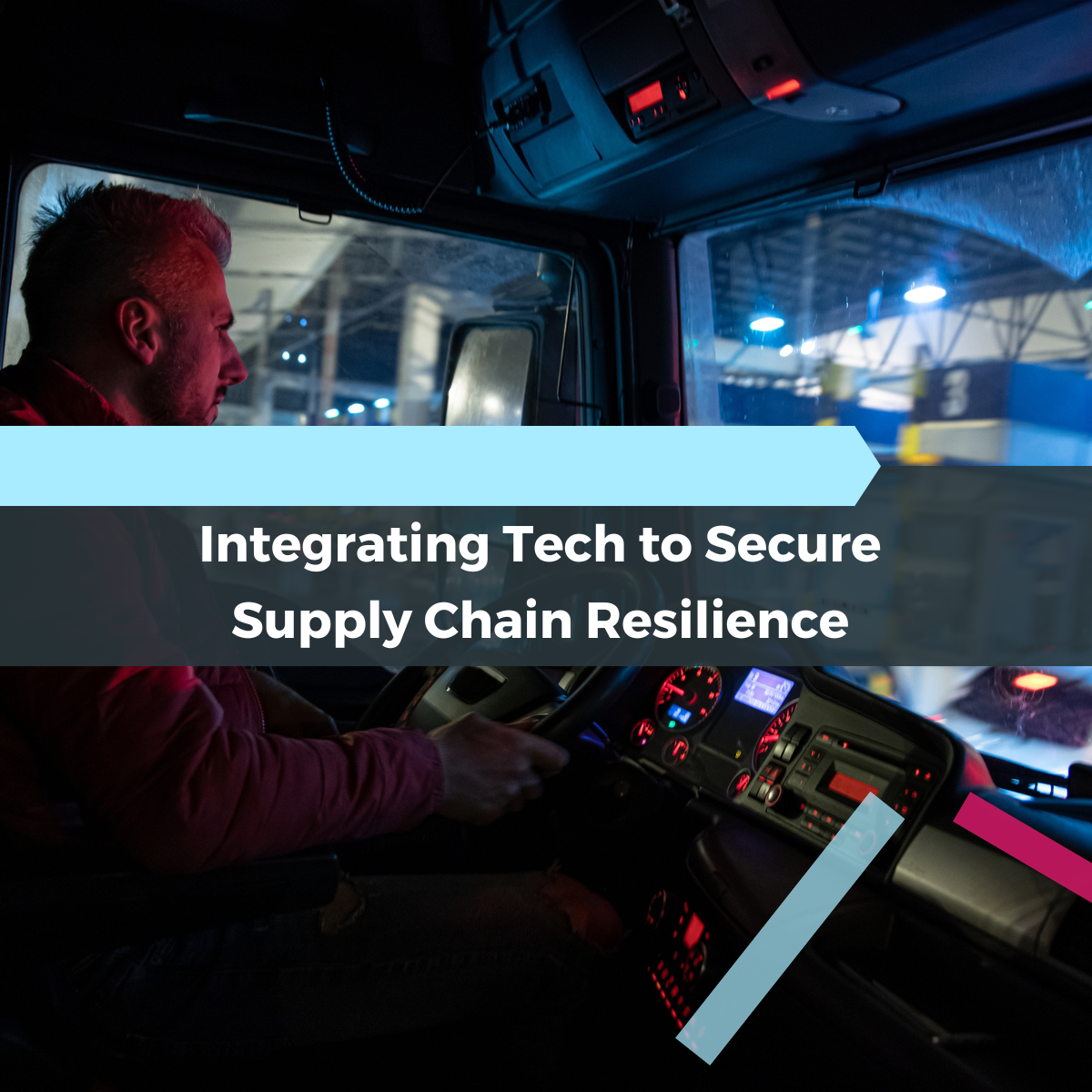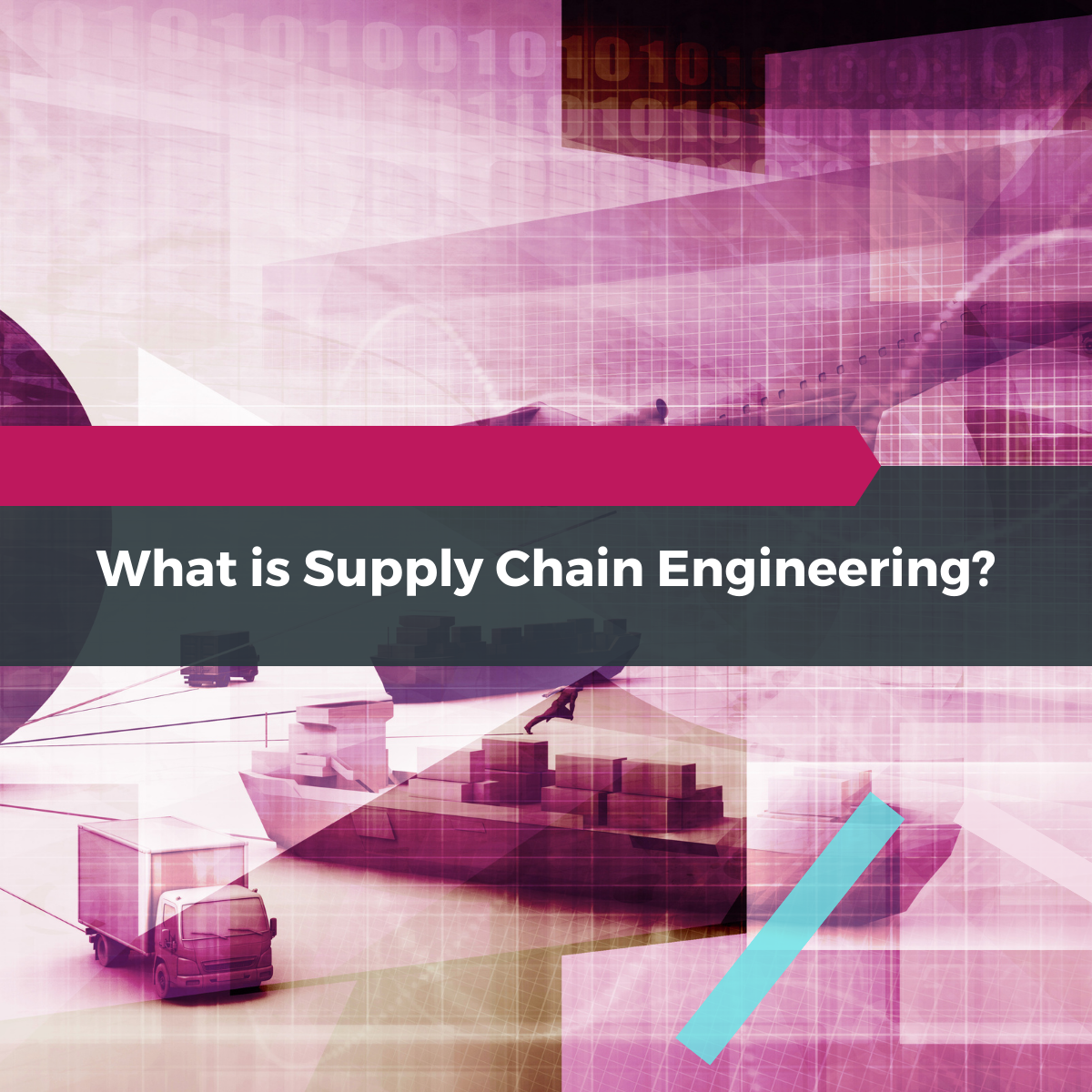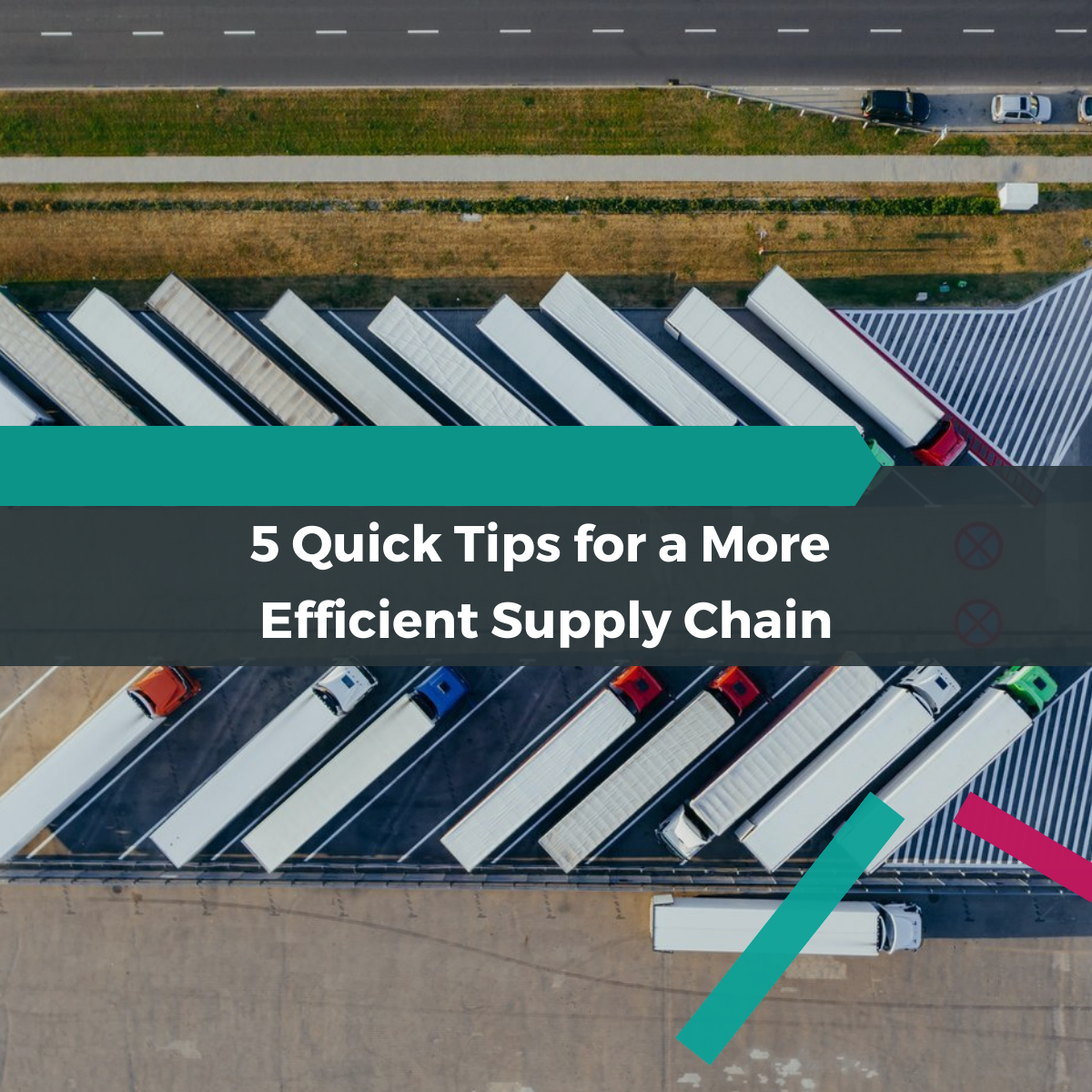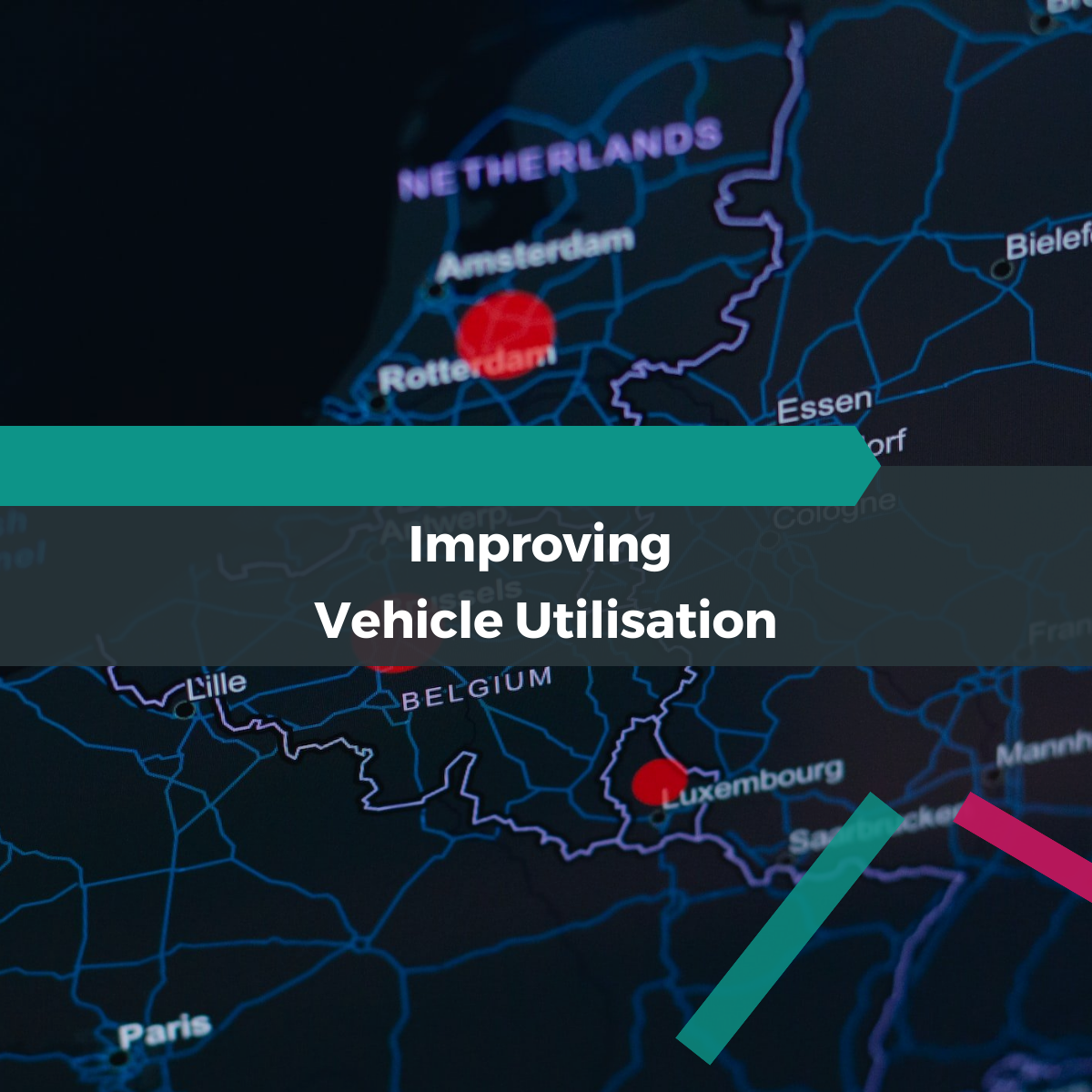What is Supply Chain Visibility? And How Can You Achieve It?

What is visibility?
Supply chain visibility describes a company's ability to track the movement of goods throughout the entire supply chain from raw materials to finished products.
The overarching goal is to have data that is readily available, easy to understand and consolidate. Supply chain visibility is imperative to operations in many ways, from improving efficiency and reducing costs to ensuring compliance and minimising risks.
But despite the critical importance of supply chain visibility it often goes overlooked in many operations.
But how does something so important get ignored? And what can we do to achieve supply chain visibility?
Why don’t all supply chains have visibility?
Limited visibility in supply chains can be attributed to various factors, one of which is the difficulty of accessing data.
Data access in many supply chains is limited often due to the legacy systems and processes in place, for some this limits the data they have, for others it makes the ability to consolidate and truly understand it extremely difficult.
And, if there is an ability to consolidate the data, it is often not in real-time and it can be harder to distinguish what is actually being seen. So, is it true visibility… not really.
Data access goes hand in hand with the manual and fragmented process in which many supply chains still operate.
Data can be inaccurate due to human error, such as forgetting to input data, making mistakes, or dealing with numerous systems and processes.
Inaccurate data can have a detrimental effect on supply chain visibility creating incomplete data sets, inaccurate analysis and unreliable planning.
All of these things make it challenging to identify problems and see the bigger picture.
So what is this bigger picture?
The benefits of supply chain visibility
At the crux of it, visibility = reduced costs. If you have true visibility of your entire supply chain, you have the ability to pinpoint where the inefficiencies lie.
Increasing efficiencies in areas such as vehicle fill, routing and what was planned vs what actually happened, creates a more cost-effective supply chain.
For example, consolidating two half-full trucks going in the same direction can save money, but it's only possible if you can identify and optimise them amidst hundreds of daily loads. If we then scale this approach to the entire supply chain, we start to realise significant savings.
We have seen firsthand how adding visibility to a supply chain can contribute to direct savings, a typical Chill-Chain Licence Partner can realise between 15-20% savings.
In today’s economy, cost saving is fundamental, farming, manufacturing, warehousing and distribution are all bearing higher sector-specific costs and this challenging environment has resulted in price increases across the board.
While these are somewhat uncontrollable, many of the inefficiencies we see within the supply chain are within our control, all we need is visibility of them.
Through identifying these pain points, visibility also adds reliance and risk mitigation. By providing a clear understanding of potential issues and allowing for proactive rather than reactive measures to be put in place. This can increase reliability and reduce the likelihood of costly disruptions.
External pressure, including legislation and compliance, also highlights the importance of supply chain visibility as organisations cannot effectively report or demonstrate transparency if they cannot see their entire supply chain.
So how do we achieve supply chain visibility?
Ensuring systems and processes are easy and accessible ensures accurate data is produced. Inaccurate data arises from multi-step processes that require significant manual input, automating these through tech means systems and processes are reduced and easier to use, minimising the margin for error.
Single-point data storage through an end-to-end system allows the entire supply chain to be viewed in one place, so inefficiencies can be highlighted and solutions drawn across the entire operation and not just one small part of it. Visibility of the entire supply chain generates higher cost-saving solutions and improves operational efficiency. It results in a more streamlined and agile supply chain that can respond quickly to bottlenecks, market conditions and customer demand.
Accurate reporting is also more likely when reducing manual processes and using dashboards. Through technical systems, accurate reports become available at a touch of a button and present understandable results.
User dashboards play a crucial role in increasing data visibility within the supply chain by providing real-time access to information, it also presents complex data in an easily digestible format and at a click of a button. This allows for inefficiency to be highlighted to the user and data-driven decisions to be implemented and tracked in real time.
In conclusion
Visibility is a key aspect in creating supply chains that are streamlined and resilient. Gaining true visibility creates operations that are higher in efficiency and agility, and lower on carbon and monetary costs. The imperative nature of visibility will only continue to increase, as will the benefits derived, so is it time to think about your supply chain visibility?





























